Short Answer: Most birds will nest in a birdhouse when it offers the right size, placement height, safe surroundings, proper ventilation, and species-appropriate entrance holes. By choosing the correct birdhouse design, installing it in a quiet and protected location, and maintaining it throughout the seasons, you greatly increase the chances that birds will move in and begin nesting.
Encouraging birds to build their nests in your birdhouse is one of the most rewarding experiences for any backyard bird enthusiast. Although placing a birdhouse in your yard may seem simple, attracting birds to actually use it requires thoughtful planning. Birds are selective when it comes to nesting sites, and small details, such as entrance hole size, direction, height, and materials, can determine whether your birdhouse becomes a thriving home or remains empty year after year.
This guide explains everything you need to know to make your birdhouse truly inviting. From choosing the best design to understanding bird behavior, environmental factors, predators, and maintenance, you will learn how to transform your yard into a safe and comfortable nesting environment. Whether you’re hoping to attract wrens, bluebirds, chickadees, or finches, these methods will help you create a bird-friendly sanctuary that supports successful nesting.
For more guidance on early-stage setup, you can also explore How to Get Birds to Use a Birdhouse.
Choosing the Right Birdhouse for Nesting Birds
Selecting the right birdhouse is the foundation of encouraging birds to move in. Different species have different preferences, and your success increases when you match the house to the species you want to attract.
Size and Design Matter
Most cavity-nesting birds prefer natural, untreated wood because it mimics tree cavities. Cedar and pine birdhouses, like the Nature’s Way Cedar Bluebird House or the STARSWR Natural Wooden Bird House, offer durable, breathable materials that regulate temperature and moisture. These factors are essential for nesting adults and their developing chicks.
The entrance hole size is another key element. Wrens prefer 1⅛-inch holes, bluebirds prefer 1½ inches, and chickadees prefer 1¼ inches. Therefore, using a birdhouse with the correct hole prevents predators and larger birds from entering while making the intended species feel safe and comfortable.
Internal Space and Ventilation
Birds require enough internal space for nesting materials and growing chicks, but excessively large houses may feel unsafe. Good ventilation and drainage also help prevent mold and keep the nest dry after heavy rain.
Products such as the Cedar Wren House by Nature’s Way are designed with proper airflow and adequate drainage, helping maintain a safe interior environment throughout nesting season.
Ideal Placement for Successful Nesting
After selecting a proper birdhouse, where and how you place it plays a crucial role in whether birds choose to use it.
Height and Safety
Birdhouses should be mounted at heights that mimic natural nesting locations. Wrens feel comfortable at 6–10 feet, bluebirds at 5–7 feet, and chickadees anywhere from 6–15 feet. Placing them too low increases predator risk, while installing them too high makes maintenance difficult.
Mounting poles, particularly steel, powder-coated models such as birdhouse poles with predator guards, provide stability and added safety from climbing animals.
Protection from Weather
Birdhouses should face away from harsh winds and intense midday sun. In many regions, east-facing houses are ideal because they catch the morning sun yet stay cool during the hottest hours of the day. This small adjustment significantly improves nesting comfort.
Distance From Human Activity
Birds prefer quiet areas with minimal disturbance. Placing birdhouses near gardens, trees, or natural shrubs creates a more inviting environment while still maintaining visibility for observation.
Making the Surrounding Environment Bird-Friendly
Even the best birdhouse will remain empty if birds don’t feel safe or find resources nearby. Creating a welcoming environment increases your chances dramatically.
Food Sources Encourage Nesting
Natural food availability from spring through summer is essential for nesting birds. They rely on insects, seeds, berries, and nectar depending on the species. Planting berry bushes, native shrubs, or flowering plants helps build a more bird-friendly ecosystem.
Complementing this with feeders, such as tube feeders for sunflower seeds, ensures birds remain nearby throughout the season.
Fresh Water Attracts Nesting Birds
A birdbath or small fountain can draw in species that might otherwise pass through. Flowing water also offers birds a reliable drinking source during warmer months.
Safe Places for Perching
Birds appreciate perches near their nesting sites. Even hummingbird houses or small decorative houses can act as perching shelters for certain species.
Products like the Hanging Grass Hummingbird Hut offer a natural perch-like structure and add charm to your yard.
Keeping Predators Away from Nesting Birds
Predation is one of the biggest challenges for nesting birds. Cats, snakes, raccoons, and even larger birds can threaten eggs or chicks.
Using Predator Guards
Entrance hole guards and pole-mounted baffles reduce access for predators. For example, houses like the 2 Pack Cedar Bird House with Copper Guard already include protective entrance features.Choosing Safe Surroundings
Avoid mounting birdhouses on trees where predators can easily climb. Ground-level houses are also more vulnerable to snakes and raccoons.
Using a dedicated pole system increases security and makes maintenance easier.
Maintenance and Cleaning for Repeat Nesting
Birds are more likely to return to a clean, well-maintained birdhouse. Old nests can harbor mites, bacteria, and pests that discourage new birds from moving in.
Cleaning at the Right Time
Always clean after the nesting season ends or between broods if birds have already left the nest. A simple scrub with warm water and a mild, non-toxic disinfectant is usually enough.
If you want full details, your article How to Clean a Birdhouse offers a step-by-step deep dive.
Seasonal Adjustments
In colder regions, insulating birdhouses or providing roosting shelves can attract wintering birds. During early spring, make sure the house is ready before nesting season begins to maximize your chances.
Pros and Cons of Encouraging Birds to Nest in Your Birdhouse
Pros
Encouraging birds to nest brings beauty, reduces insect populations naturally, and supports local ecosystems. Birds offer a peaceful presence and enhance the biodiversity of your backyard.
Cons
You must commit to regular cleaning, maintenance, and predator management. Some species may also defend nesting territory aggressively, which can affect feeder dynamics.
Understanding these aspects helps maintain a healthy and balanced backyard habitat.
Buying Guide: Choosing the Best Accessories for Nesting Success
Adding a few birdhouse accessories can significantly increase nesting success.
Helpful Additions
Perch-free entrances help protect against predators. Weatherproof cedar houses, foundation-mounted poles, and ventilation-enhanced designs all support long-term nesting.
Product suggestions that fit these needs include:
- Nature’s Way Cedar Wren House
- 2-Pack Cedar Bird House with Copper Guard
- STARSWR Wooden Hanging Birdhouse
- Bluebird Houses with Clear View Panels
- Weatherproof Wooden Birdhouse With Pole
Each one meets basic requirements for safety, durability, and species-specific comfort.
FAQs
How long will it take for birds to use my birdhouse?
It depends on species, location, and timing. Some birds may nest within weeks, while others may explore the house for a season before using it.
Should I put nesting material inside the birdhouse?
Most cavity-nesting birds prefer to bring their own materials. However, placing small twigs or wood shavings nearby can help.
Can I paint my birdhouse?
Yes, but use non-toxic, light-colored paint and avoid painting the entrance hole. For color guidance, your article What Colors Do Birds Like for a Birdhouse? offers detailed recommendations.
Do I need more than one birdhouse?
Having multiple houses spaced apart reduces competition and encourages more species to nest in your yard.
Conclusion
Encouraging birds to build their nests in your birdhouse is a rewarding process that blends the right design, thoughtful placement, and proper maintenance. When you create a safe, comfortable, and inviting environment, birds are far more likely to adopt your birdhouse as their seasonal home.
From choosing the correct entrance size to keeping predators away and ensuring consistent cleanliness, every detail plays a meaningful role. With patience and the right setup, your backyard can become a thriving haven where birds feel protected enough to nest, raise their young, and return year after year.
Ultimately, the effort you invest pays off in beautiful songs, natural pest control, and a deeper connection with nature right outside your door.
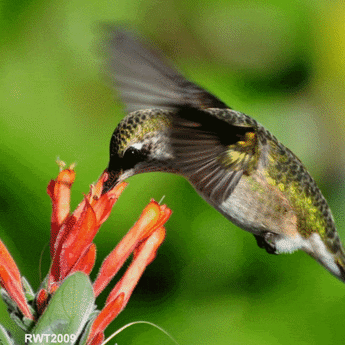
Sanom is a lifelong nature enthusiast and passionate backyard birder who has spent years observing bird behavior and building DIY birdhouses. With a deep curiosity for species like chickadees, wrens, and woodpeckers, he shares practical tips and heartfelt stories to help others attract, shelter, and appreciate the wild birds around them. Whether you’re crafting your first birdhouse or simply enjoying morning songbirds, Iftekhar’s guides on BirdHouseTales.com are designed to bring you closer to the magic of birdwatching.
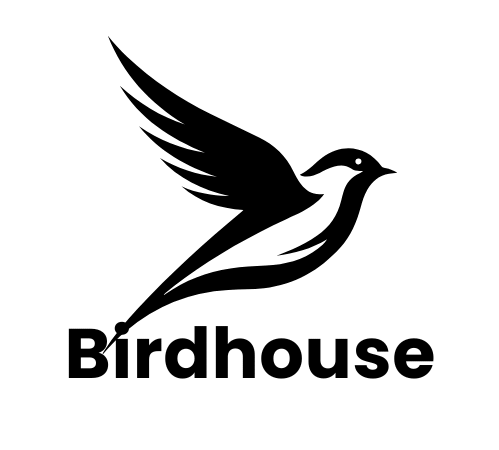
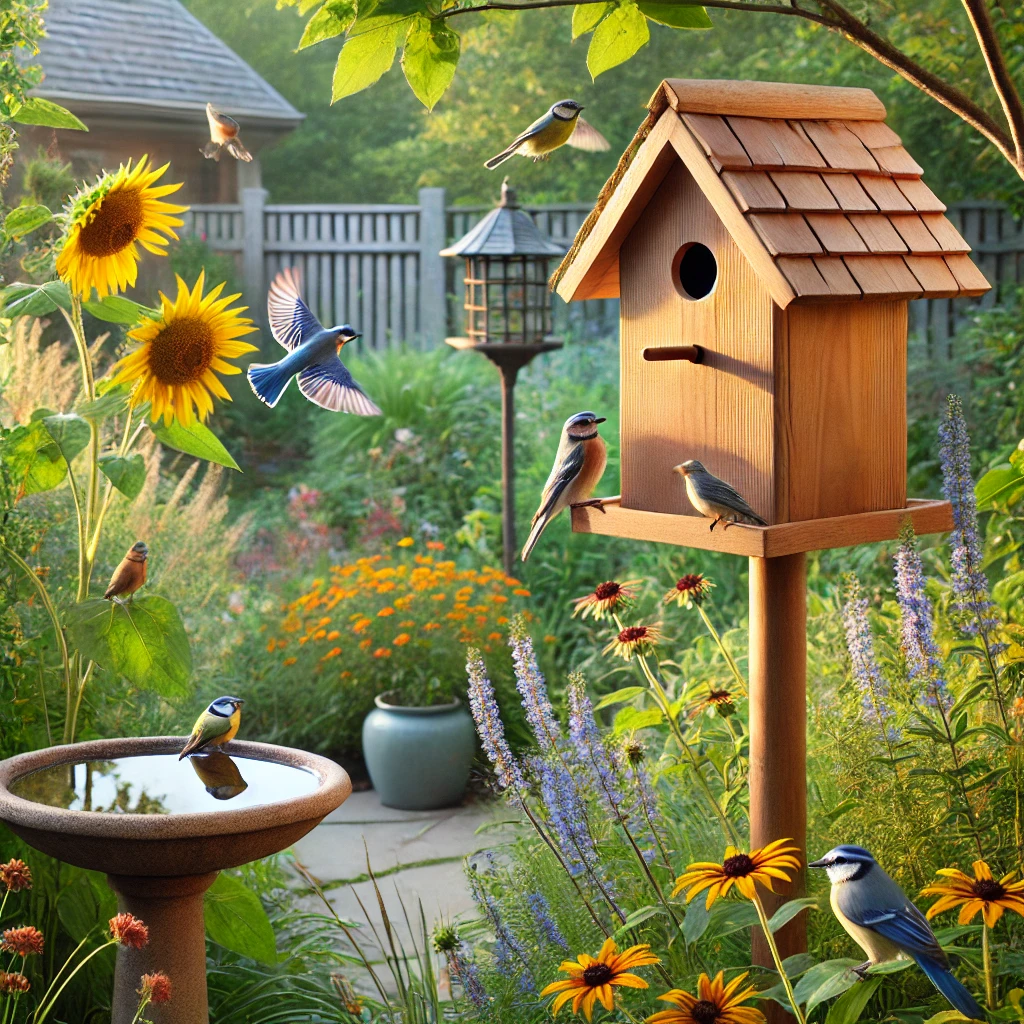
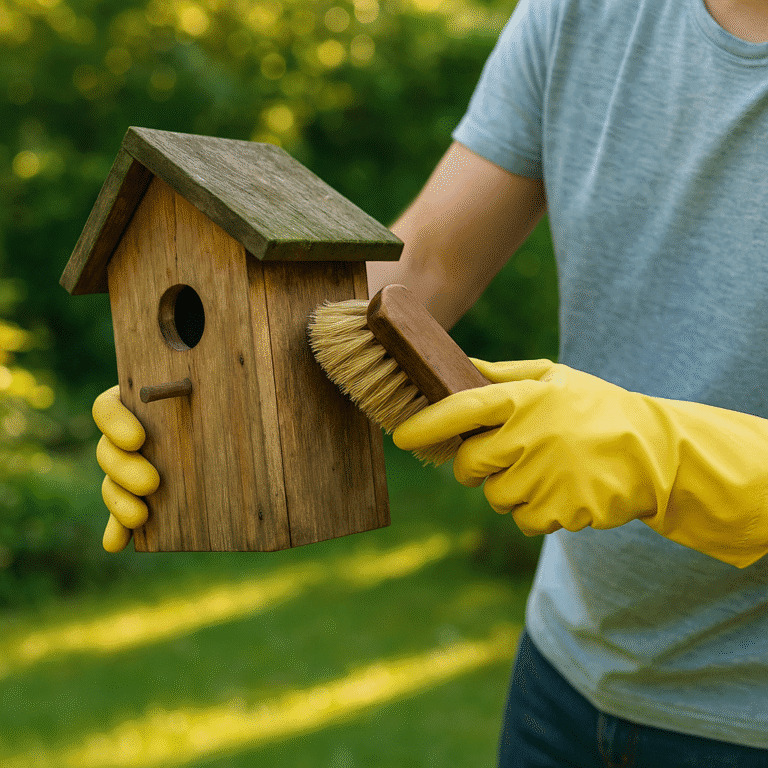
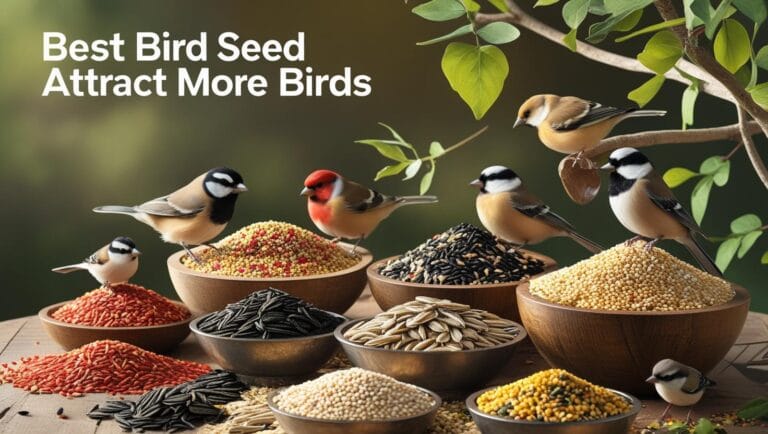
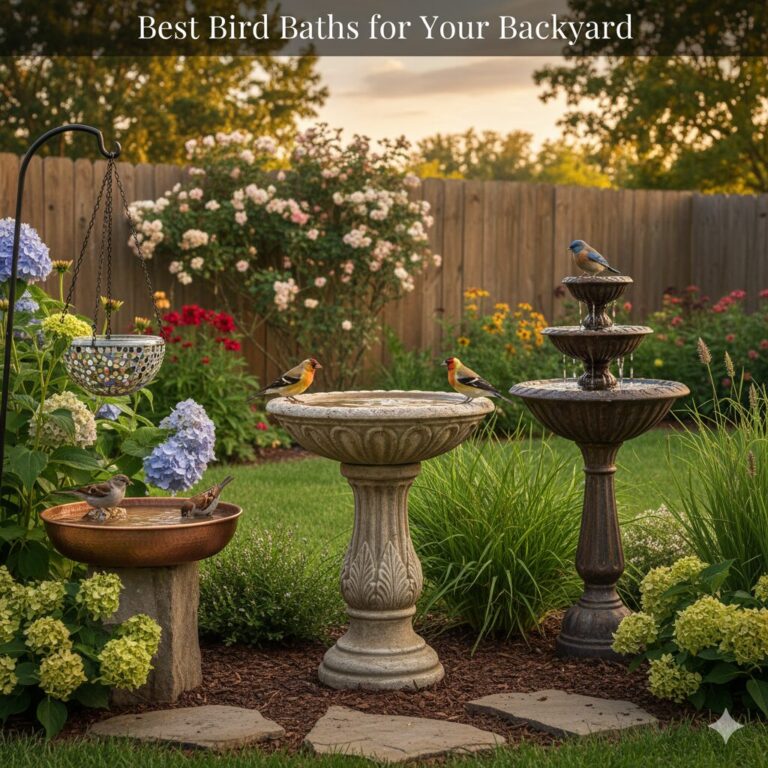
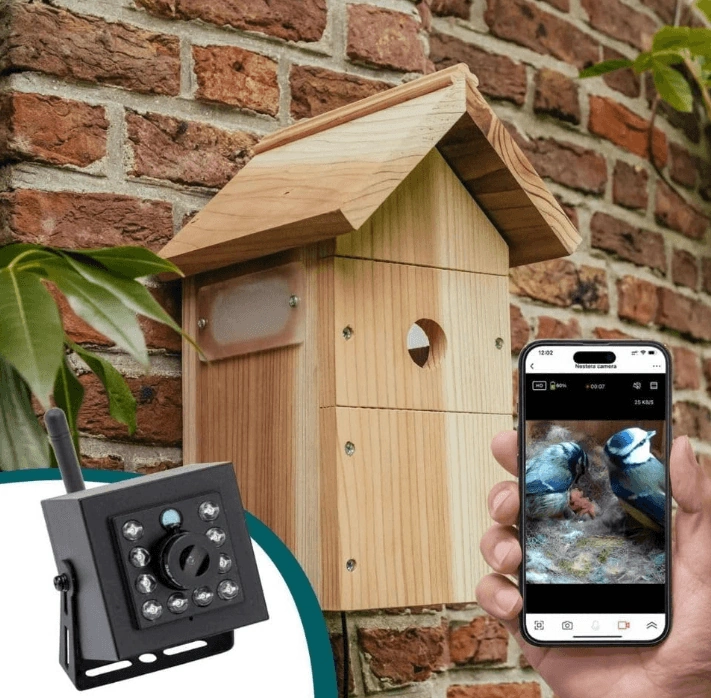
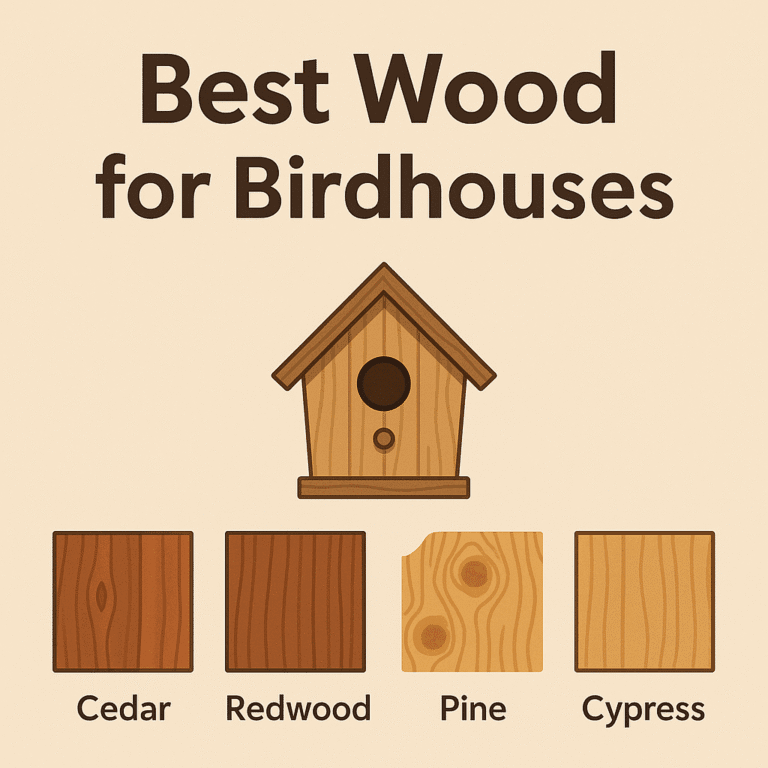
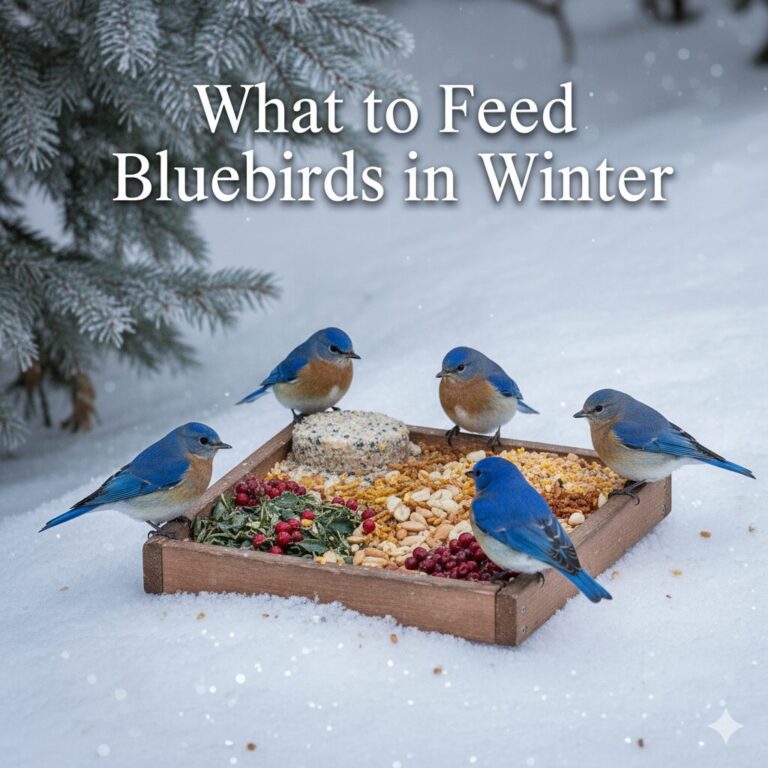
3 Comments